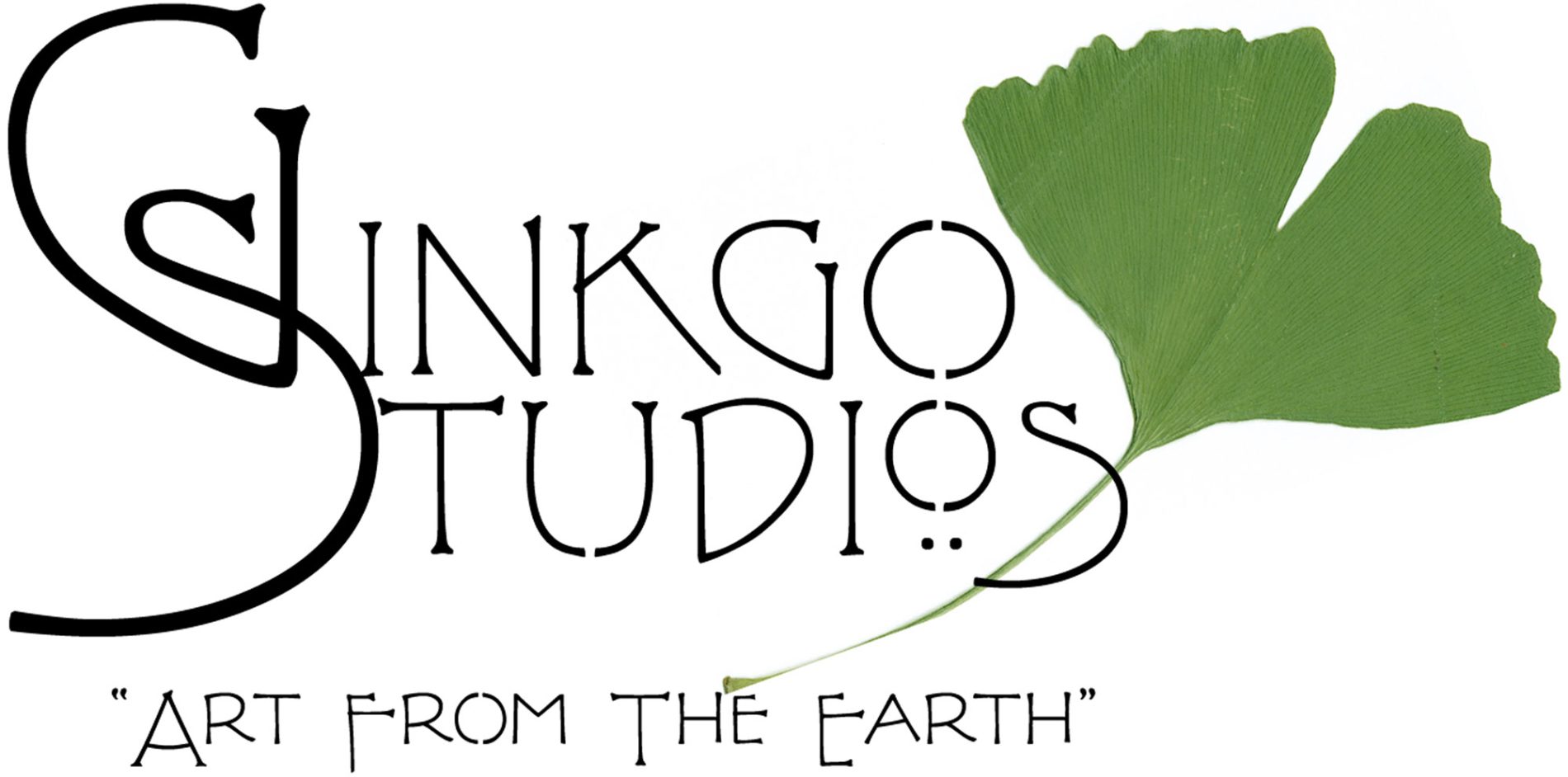Mark P. Mooney

Mark P. Mooney and his wife Kathleen M. Allen, a potter, co-founded Ginkgo Studios LLC in 2008. Mark is a retired academic from the University of Pittsburgh and a part-time woodworker and stained-glass craftsman. He is guided and inspired in his woodworking by the philosophy and beauty of the Arts and Crafts Movement of the last century. Honest craftsmanship, good design, and the use of organic materials are the cornerstones of his work.
His woodworking skills have been honed over the last few decades and he has studied with Seattle-based artist and craftsman Thomas Stangeland on Greene and Greene style furniture making at the Marc Adams School of Woodworking; Ben Little and Tom Harris, two Roycroft Master Artisans, on Craftsman style furniture making at their studio in East Aurora, NY; and Master Craftsman Jeffery Lohr on Mission Style furniture design at his studio in Pottstown PA. He has also taken several basic and advanced woodworking classes from two local artisans and master craftsmen, Max Peterson and Dante DiIanni. Mark is currently enrolled in the Master’s program at the Marc Adams School of Woodworking in Franklin, IN. He also teaches arts and crafts furniture making classes at the Backchannel School of Woodworking in McKees Rocks, PA. Mark is past president and serves on the executive board of the Pittsburgh Craftsman’s Guild and a member of the Board of Directors of the Western Pennsylvania Woodworkers.
Mark’s work involves creating unique pieces based in part on designs by Gustav, Leopold, and John G. Stickley, Harvey Ellis, Elbert Hubbard and the Roycrofters, Frank Lloyd Wright, Charles and Henry Greene, Peter and John Hall, and George Nakashima. These artists represent Craftsman, Arts and Crafts, Mission, Prairie, and Greene and Greene styles.
Mark works mainly with traditional Arts and Crafts style hardwoods like quartersawn white oak, African mahogany, and African ebony. While he appreciates the traditional use of hand tools, Mark uses both machine and hand tools to produce his pieces. He also tries to emulate the traditional wood stains of the period such as the fumed appearance of the white oak in the Stickley and Arts and Crafts pieces and the reddish orange hues derived from potassium dichromate as seen in the African mahogany in the Greene and Greene style pieces. Mark is also well trained in the Tiffany-style (copper foil) method of stained-glass construction and creates lamps in the Greene and Greene and Arts and Crafts traditions.
While Mark makes multiple copies of his work, subtle variations in wood, stains, finishes, and his changing skill level and mind set all guarantee that each piece will be a unique creation.
“Art and honest labor: The essence of the Arts and Crafts movement.”
(Darrell Peart, Greene and Greene: Design Elements for the Workshop, 2005)
Kathleen M. Allen
My formal training is in archaeology which I have worked at for fifty years. As an archaeologist and potter, I have studied archaeological pottery made by Native Americans and other indigenous people. Through this work, I have come to appreciate the knowledge and skill involved in the production and transformation of earth and minerals into well-made pottery suited to its purpose. I have been making pottery for the last thirty years and use traditional hand-building techniques for forming pottery such as pinching, coiling, and slab work. My pottery often echoes traditional forms and styles, and I incorporate surface textures and carving that maintains a close connection between nature and the finished piece.
My key sources of inspiration come from ancient potters, as well as the Arts and Crafts Movement of the early 1900s. The focus on simplicity, nature, and purpose, evident in these works is a touchstone for my efforts. My skills have been developed through self-study and numerous workshops that have focused on hand-building, replicating traditional pottery in northeastern and southwestern North America, and on alternative firing practices. These include workshops with Jimmy Clark and Paulus Berenson on pinching; workshops with Frank Georgino and the staff at the Moravian Tile Works on tiles; workshops on traditional pottery with the Lewis sisters (Dolores and Emma) from Acoma Pueblo; workshops on alternative forms of firing with Joe Sendak, Don Hedman, Kevin Crowe, Jim Dugan, and James Watkins. Workshops were taken at Touchstone Center for Crafts, Peters Valley, Moravian Tile Works, Ghost Ranch, and the Pittsburgh Center for the Arts.
I apply interior glazes to my vessel forms so that they can be used for functional purposes. I prefer to leave large portions of the vessel exteriors unglazed but with surface alterations in the form of textures or carvings. Sometimes I apply oxide washes or leave the natural surface of the clay exposed to the effects of flames in the woodfire or smoke fire. Some of these exterior surfaces take on the organic character of natural landscapes and the built environment exemplified by adobe architecture. My tiles continue these themes through images of the natural world and other cultural motifs. My color palette lies primarily in earth tones and those of the natural world, although I occasionally use more colorful glazes. I feel a connection to the past through the act of making pottery – performing the same actions that have been done for thousands of years. Pottery transformed the world of the past, and I hope my work returns our thoughts to a calmer, kinder, more peaceful world of respect for other people and for nature.
